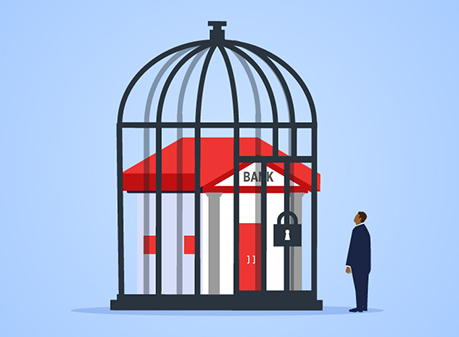WORLD TEETERING ON EDGE OF FINANCIAL ARMAGGEDON AS GLOBAL MARKETS IMPLODE
Last week the Palaszczuk Government committed another $62 billion to its planned green energy revolution in Queensland.
Where are they getting all the money from? Does anybody know? Because Treasury sure as hell doesn’t have it!
It used to be that if you put a program into effect, you had to explain how you were going to pay for it.
Not anymore.
Now governments just ‘pull more cash from the future into the now’, as the debt-based economic model keeps chugging along.
But its starting to look like the end is nigh for all our free-wheeling, big-spending governments.
Worldwide, inflation is spiking, consumer demand cratering and global markets imploding.
Not just some markets – ALL of them. Commodities, stocks, bonds, real estate, currency, the lot.
Stocks alone have plunged $12 trillion since January. A loss of nearly 30 percent.
The world is in the grip of a serious liquidity crisis and eventually something is going to break.
The clues are everywhere.
Take currencies. Just about every major currency is crashing against the US dollar right now, and I mean crashing.
Some are down 10, 20 even 30 percent.
Last week the UK pound plummeted five percent in a single day against the dollar. That’s the sign of something breaking right there. The sound of a rivet popping out of a ship’s hull under pressure.
The bond market is also tanking. It is being sold off and sold hard. That’s because people need the cash more than they need to hold bonds, so tank they go.
Last week the Bank of England capitulated and restarted quantitative easing. It was forced to intervene after a massive sell-off created huge instability in the bond (debt) markets over there.
Meanwhile global asset prices have lost 29 trillion dollars in 2022, give or take. That’s huge.
What caused this massive asset bubble? Central banks printing money!
Now they’ve stopped and prices are plummeting.
It’s the same with real estate. The 30-year mortgage rate is spiking and house prices are sinking lower and lower.
It’s 2008 all over again.
Only this time we don’t just have a housing bubble to worry about, its stocks, bonds and commodities in a bubble as well.
If they all crack, we are in serious trouble.
None of it is ‘by accident’.
Since 2008, central banks have been printing money at breakneck speed, flooding the market with liquidity and now they’re taking it all away.
People everywhere are buried beyond their wildest dreams in debt. Debt they can never, ever pay back.
This hyper bubble in debt has created a human bubble and there is going to be a terrible price to pay for all this.
A terrible price.

